The Role of Pets in Supporting Children with Special Needs

Pets have long been cherished companions in households across the world, offering comfort, joy, and unconditional love. For children with special needs, pets can play an even more significant role, providing emotional, social, and therapeutic benefits.
The presence of a pet in the home can foster a sense of security and stability, while also helping children develop important skills such as empathy, communication, and responsibility.
In this article, we will explore how pets can positively impact children with special needs and offer practical examples of how they contribute to their emotional and social development.
Emotional Support Through Pet Companionship
One of the most profound ways pets support children with special needs is by offering emotional support. For children who may struggle with anxiety, depression, or feelings of isolation, a pet can provide a constant source of comfort and unconditional affection.
 1. Reducing Anxiety and Stress
1. Reducing Anxiety and Stress
Children with special needs often experience heightened levels of anxiety and stress. Whether it's due to the challenges of social interactions, sensory overload, or difficulty adjusting to changes, these children can benefit from the calming presence of a pet.
Research has shown that interacting with pets, such as petting a dog or cat, can help reduce stress hormones like cortisol and increase the production of oxytocin, the hormone associated with bonding and relaxation.
For example, a child with autism spectrum disorder (ASD) may find comfort in the predictable and non-judgmental nature of their pet. Pets provide a sense of consistency, which can be incredibly soothing during times of emotional turbulence.
2. Boosting Self-Esteem
Pets can also play a role in boosting a child's self-esteem. The bond between a child and their pet can foster a sense of belonging and acceptance, helping children feel valued and understood.
For children with special needs, who may feel different from their peers, the unconditional love and attention from a pet can provide a crucial source of emotional validation.
This bond helps children feel confident in their ability to care for another living being, which can positively impact their sense of self-worth.
 Promoting Social Skills and Communication
Promoting Social Skills and Communication
For many children with special needs, communication and social interaction can be difficult. Pets can help bridge these gaps by providing a non-threatening opportunity for children to practice and develop these essential skills.
1. Encouraging Verbal Communication
Pets, especially dogs, can encourage children to communicate more effectively. A child may feel more comfortable talking to a pet than to a person, especially if they are shy or have difficulty with speech.
For example, a child with speech delays may begin to practice speaking by talking to their dog, making commands, or asking for attention.
These verbal exchanges, even if they are not directed at humans, can build confidence and help the child develop language skills in a natural and low-pressure environment.
2. Enhancing Social Interactions
Pets can also help children with special needs improve their social skills by acting as a social bridge. Children who may find it challenging to engage with peers may find it easier to start conversations about their pets, offering a shared topic of interest.
Furthermore, pets often become a focal point for social activities, such as dog-walking or visiting pet-friendly parks, where children can interact with other children and learn important social cues, such as taking turns, sharing, and cooperating.
For children with ASD, pets can provide a sense of companionship and a safe social outlet, allowing them to feel more connected and less isolated.
 Teaching Responsibility and Routine
Teaching Responsibility and Routine
One of the most valuable lessons pets can teach children with special needs is responsibility. Taking care of a pet requires a certain level of consistency and routine, which can benefit children in developing organizational and time-management skills.
This routine also provides a sense of purpose and accomplishment.
1. Building Routine and Structure
For children who thrive on structure and predictability, the daily routines involved in pet care can be comforting and provide a sense of stability.
Tasks like feeding the pet, cleaning the pet’s living space, and walking the dog can become part of the child's daily routine, helping them establish a sense of responsibility and ownership.
The act of caring for a pet also teaches children the importance of time management and commitment, as they learn that pets rely on their owners for food, attention, and care.
This structure can help children with special needs feel a sense of purpose and pride in their ability to care for another living being.
2. Improving Fine and Gross Motor Skills
Pets also encourage physical activity, which can be particularly beneficial for children with special needs who may struggle with coordination or motor delays. Tasks such as walking a dog, playing fetch, or grooming a pet can help children develop their gross motor skills, while brushing a cat or feeding a pet can enhance their fine motor skills. These activities promote physical health and encourage children to engage in active play, which is crucial for overall development.
 The Therapeutic Impact of Pets
The Therapeutic Impact of Pets
In addition to the everyday benefits, pets can also play a role in therapy for children with special needs. Animal-assisted therapy is a well-established field that uses animals, particularly dogs, to help children with a variety of conditions, including autism, ADHD, anxiety, and trauma.
1. Animal-Assisted Therapy
Therapists often incorporate animals into treatment plans to help children engage with their emotions and develop coping strategies. For example, a therapy dog can provide comfort and security during stressful situations, helping children feel more at ease and open to participating in therapeutic activities.
The presence of an animal can also encourage trust and emotional expression, which may be difficult for children to achieve in traditional therapy settings.
2. Encouraging Emotional Regulation
Pets can help children with special needs regulate their emotions. For children with emotional dysregulation, spending time with a pet can provide a grounding and calming effect.
The rhythmic actions of petting a dog or cat can reduce agitation and provide a focus, helping children self-soothe during moments of distress.
 The Lifelong Benefits of Pets for Children with Special Needs
The Lifelong Benefits of Pets for Children with Special Needs
The role of pets in supporting children with special needs goes far beyond companionship. Pets provide emotional comfort, foster social interactions, teach responsibility, and offer therapeutic benefits that can enhance a child's overall well-being.
Whether through the calming effect of a pet's presence or the opportunity to develop life skills, pets contribute significantly to the emotional, social, and physical development of children with special needs.
Incorporating a pet into the life of a child with special needs offers unique opportunities for growth and healing. The unconditional love and support that pets provide can play a critical role in helping children navigate the challenges they face while promoting a sense of independence, confidence, and empathy.
By fostering these qualities, pets enrich the lives of children and their families, creating stronger emotional bonds and a more inclusive environment for everyone involved.
Did you find this post useful or inspiring? Save THIS PIN to your PETS Board on Pinterest!
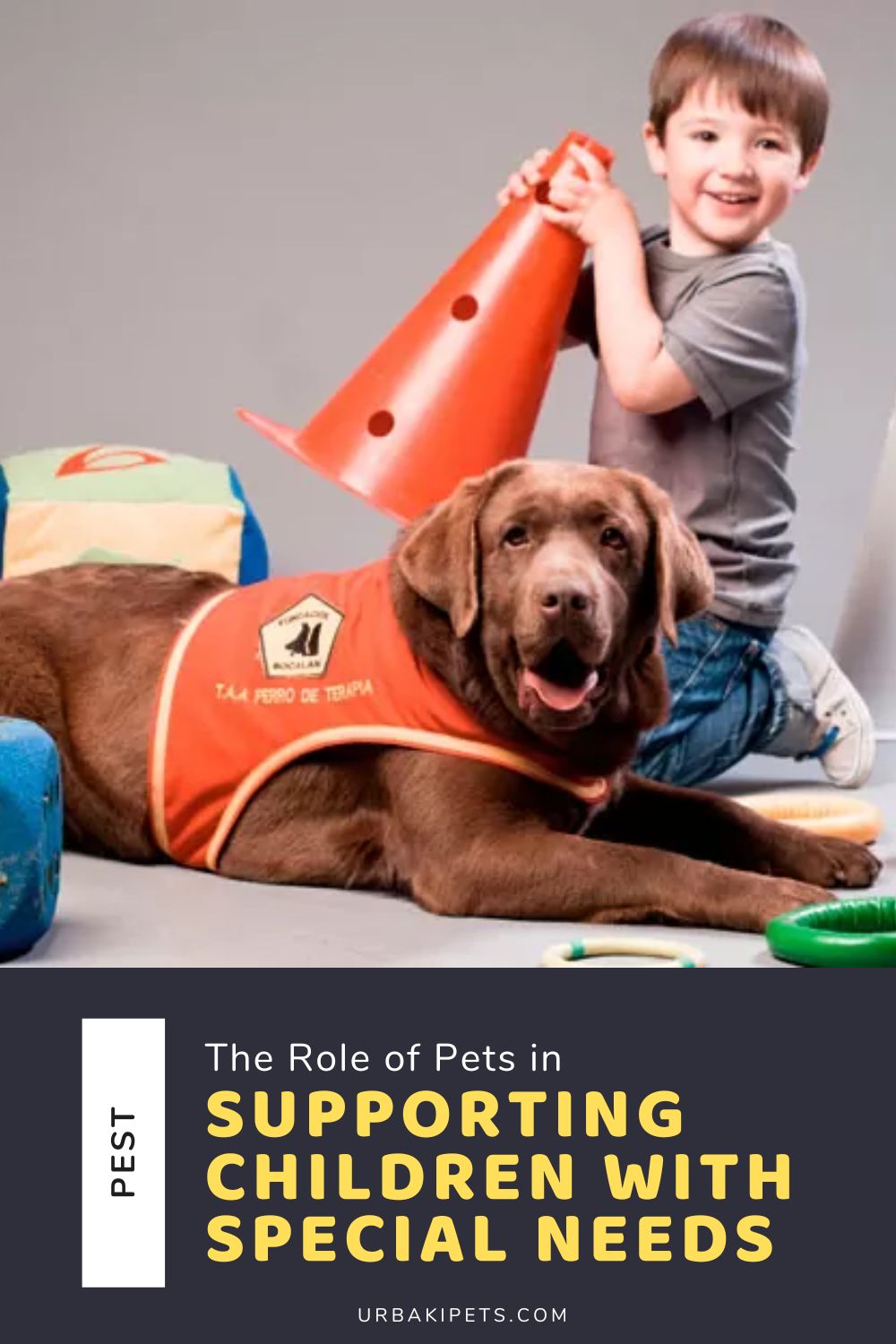

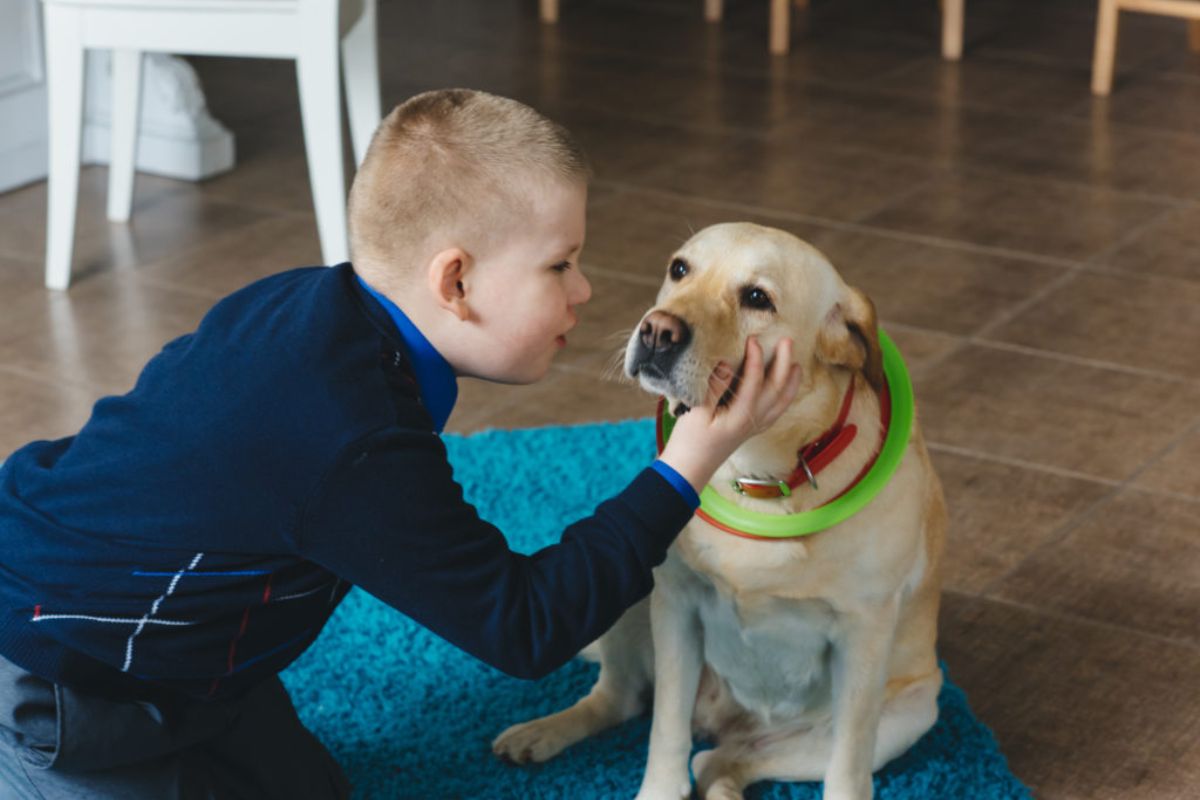 1. Reducing Anxiety and Stress
1. Reducing Anxiety and Stress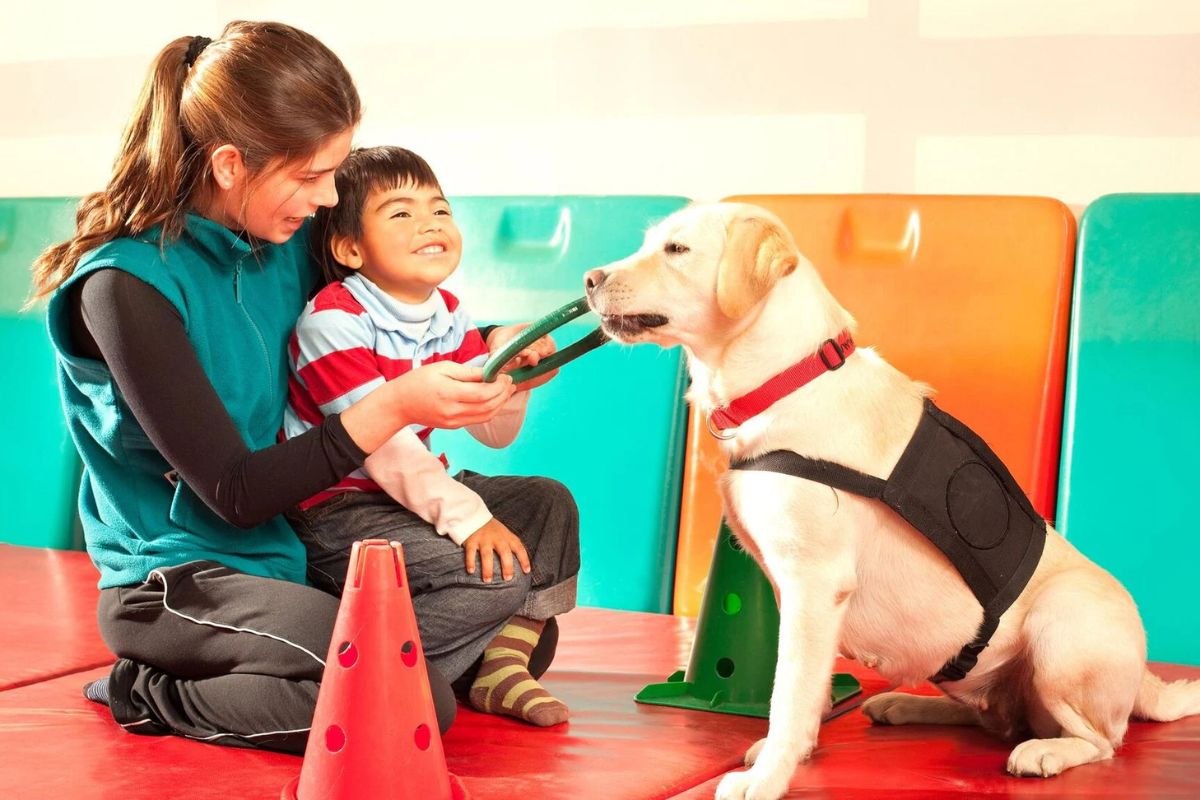 Promoting Social Skills and Communication
Promoting Social Skills and Communication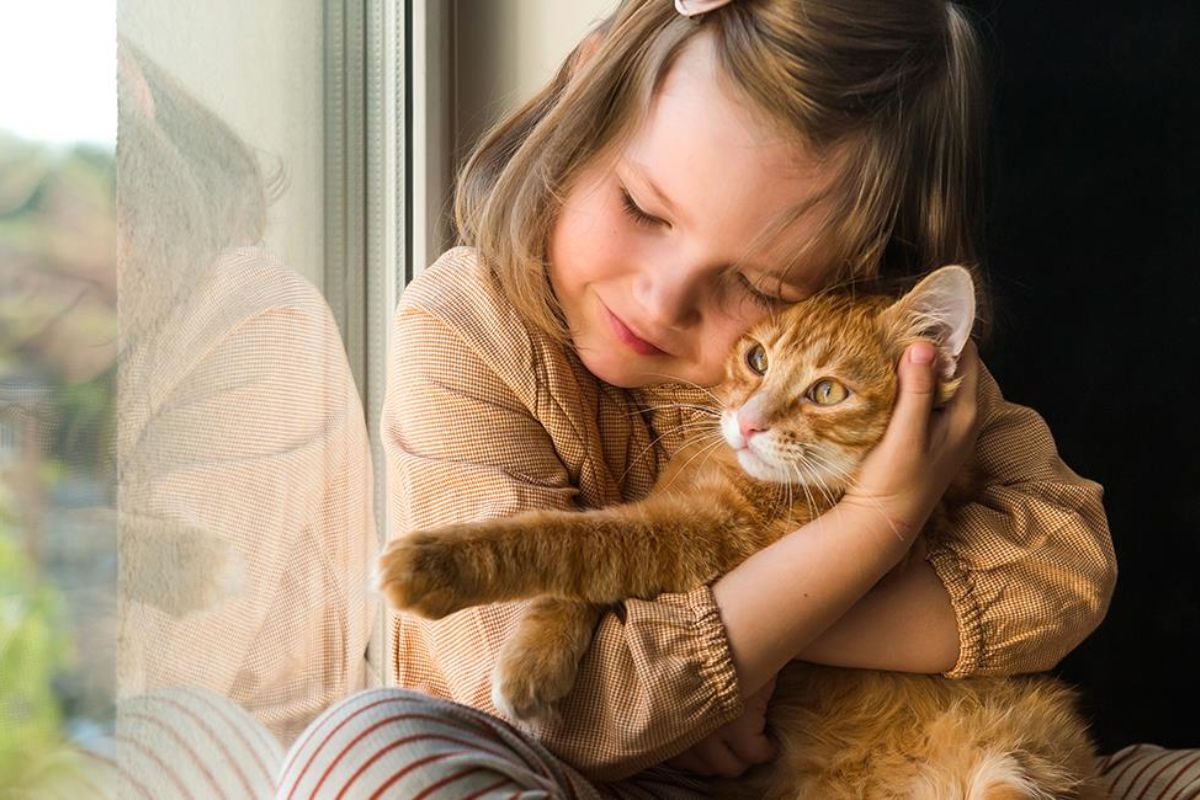 Teaching Responsibility and Routine
Teaching Responsibility and Routine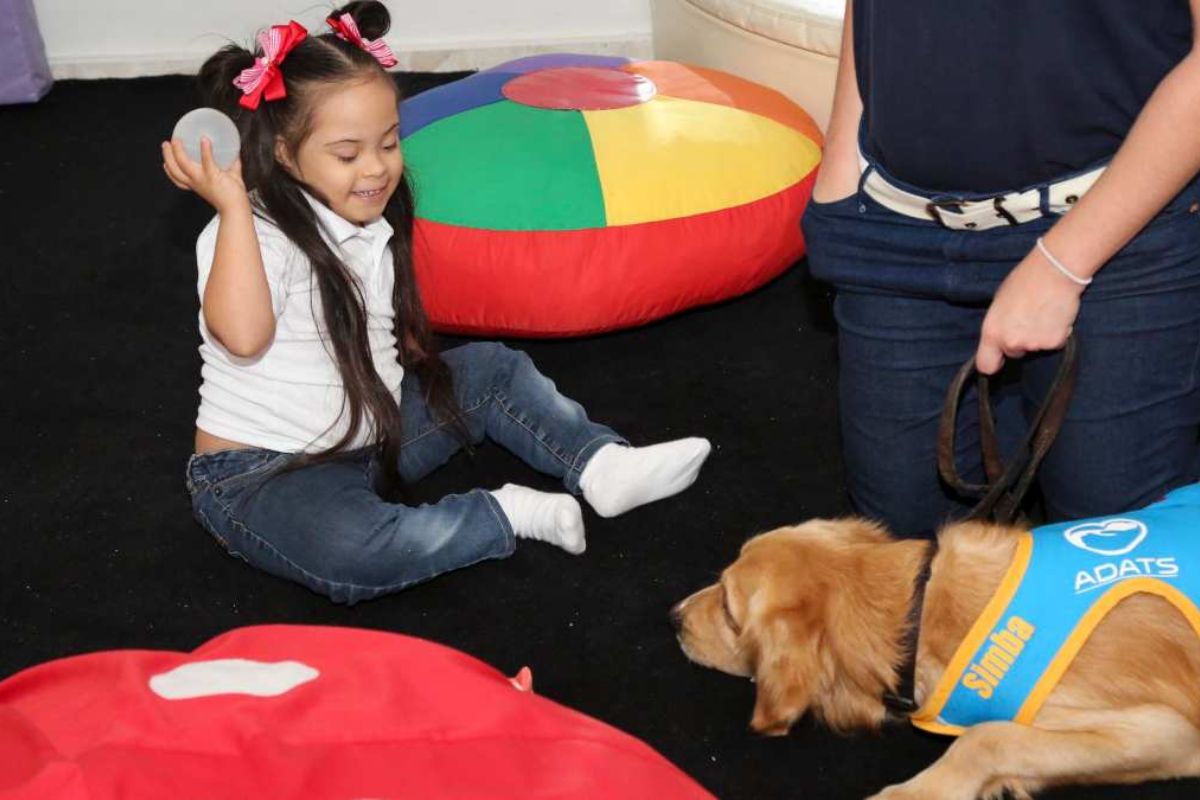 The Therapeutic Impact of Pets
The Therapeutic Impact of Pets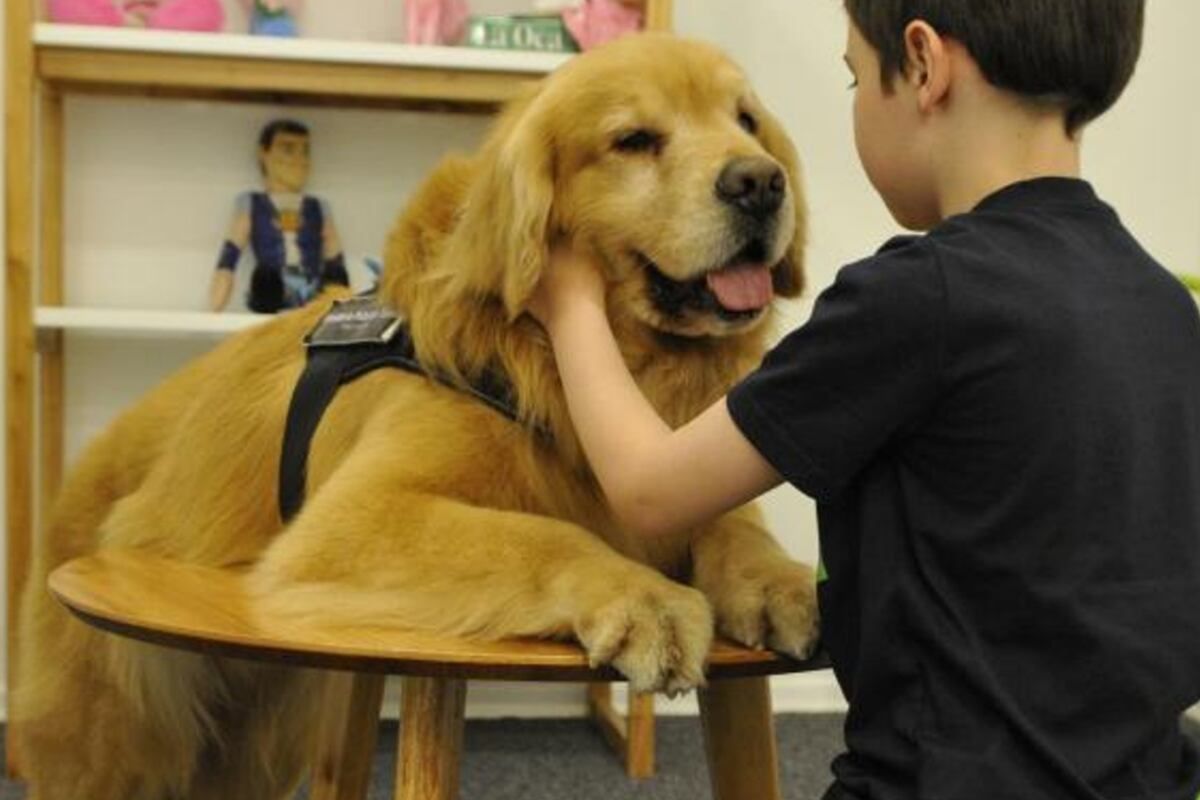 The Lifelong Benefits of Pets for Children with Special Needs
The Lifelong Benefits of Pets for Children with Special Needs
You may also like